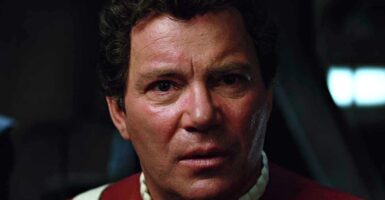The Phantom Menace Is An Independent Success Worthy Of Celebrating
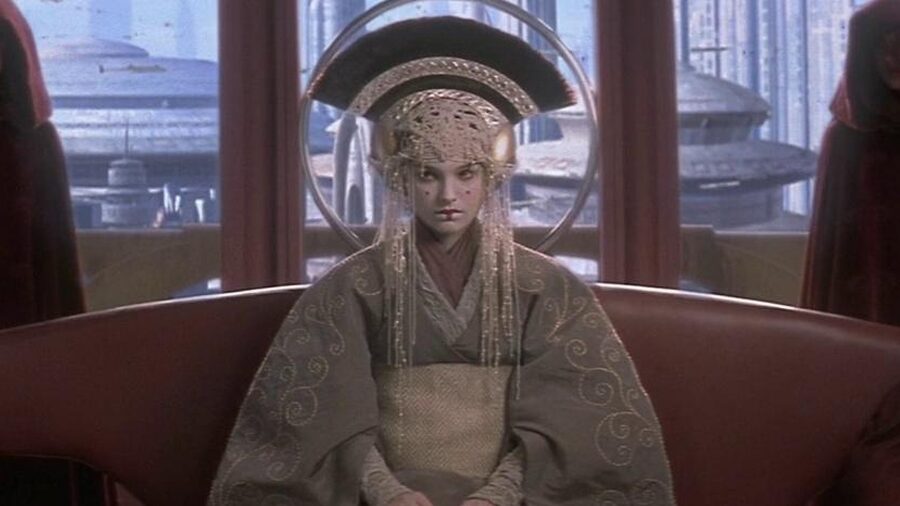
If you ask most Star Wars fans what went wrong with Episode I, the most common answer will be some variation of “George had no one to reign him in.” The problem with this line of thinking is that it doesn’t take into account what an amazing achievement The Phantom Menace was for Lucas—specifically because of the unbridled freedom he had while making it. With the first of the prequels, Lucas essentially proved that a director could make a $120 million blockbuster completely independent of Hollywood.
The Phantom Menace Is An Indie Film… No, Really
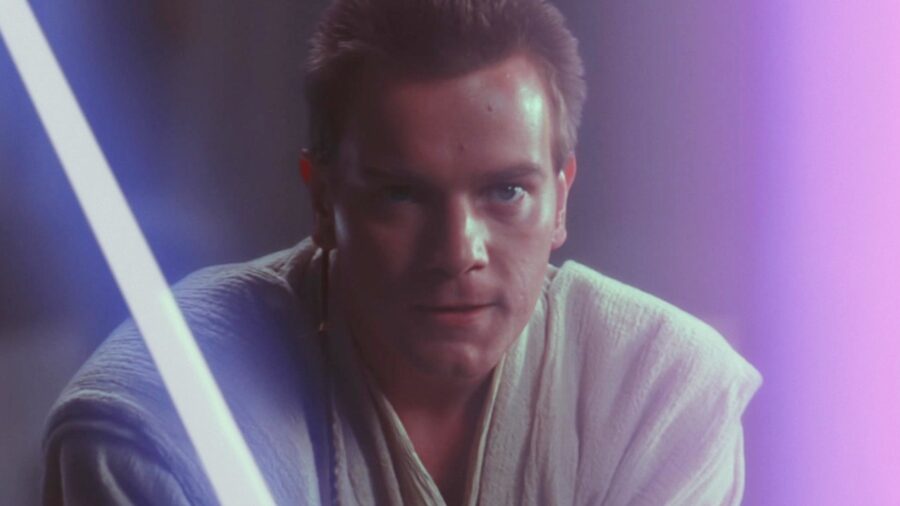
Not many people consider The Phantom Menace an indie film, but it is. George Lucas completely financed the movie, which was, in turn, shot on an entirely different continent—about as far away from L.A. as you can get. By most metrics, the production of Episode I fits the definition of an independent film, so why isn’t it labeled as such?
As most cinephiles can tell you, the term “indie,” as it applies to films, usually refers to more than just who financed the movie. Most indie films are experimental, cheap, and, perhaps most important, subversive. Think Harmony Korine’s Gummo or Richard Linklater’s Slacker.
In other words, movies that are the complete opposite of the big-budgeted toy commercial that George Lucas released in 1999.
The Phantom Menace Is Closer To Other Indies Than You Think
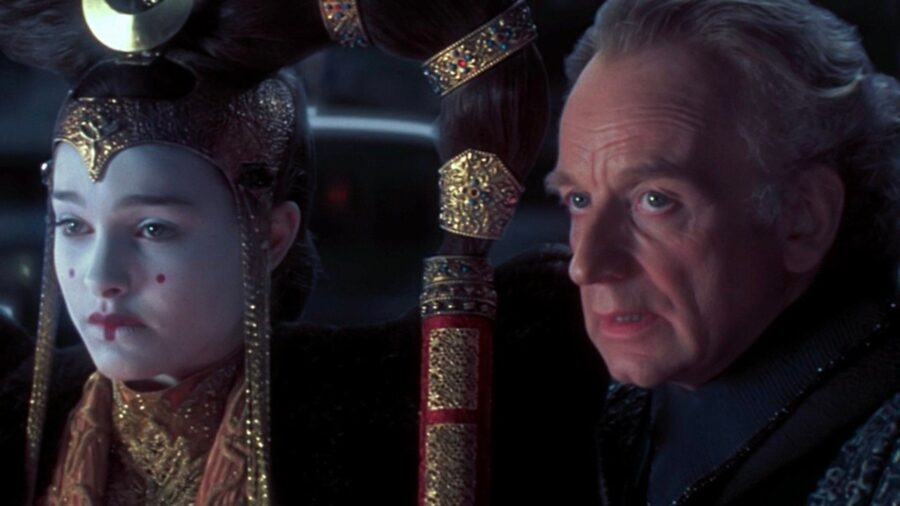
Are they really that different, though? The Phantom Menace was definitely experimental, pioneering digital and practical filmmaking techniques that would later become the standard in popcorn movies. And while you certainly couldn’t call The Phantom Menace cheap, it is most definitely subversive in part because of its large budget rather than in spite of it.
After all, what’s more subversive than taking a Hollywood-sized budget and heading to Europe and Africa to make a huge movie with absolutely no input from studio execs whatsoever. No filmmaker before or since has been in George Lucas’s unique position.
Would hearing the word no occasionally have made the movie better? Sure, but that’s not the point.
His Freedom Was Unprecedented
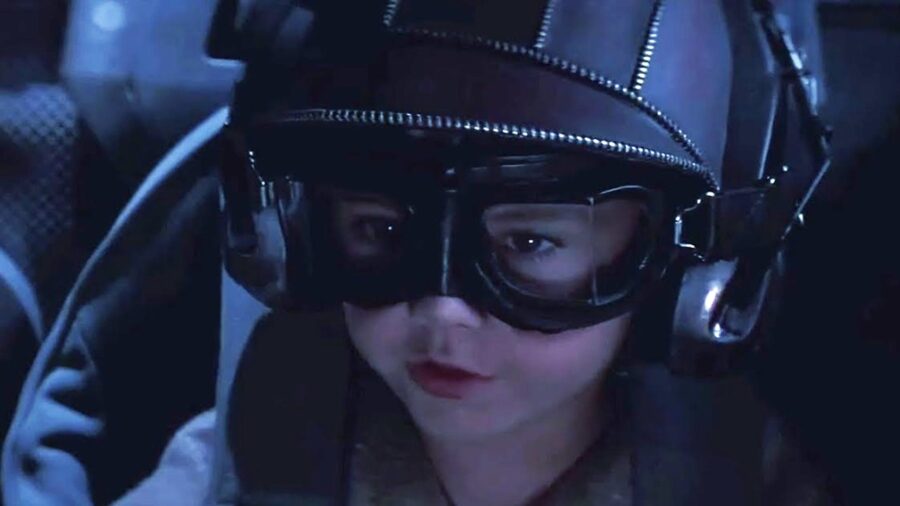
That freedom, which lies at the heart of The Phantom Menace‘s more questionable elements, is also what makes it so special. It wasn’t so much that no one told George no. It’s that no one could tell him no.
No director prior to The Phantom Menace had ever had such a big budget at their fingertips with no oversight whatsoever. It was unheard of. Could you imagine Kevin Feige taking a hands-off approach to something like Avengers: Endgame? “Here, Russos here’s a billion dollars; go make a movie and show me when everything’s done.” Yeah right.
It’s been well documented that Disney keeps its creators on a fairly short leash, giving them just enough room for the tiniest bit of artistic expression as long as it fits within the Marvel movie framework. Had Fox been bankrolling The Phantom Menace instead of just distributing it, Jar Jar Binks would have gone through so many focus groups that the character that eventually ended up on the screen would have been a hollow, corporate-approved shell of what we got.
Lucas Has Never Been A Fan Of Hollywood’s Constraints
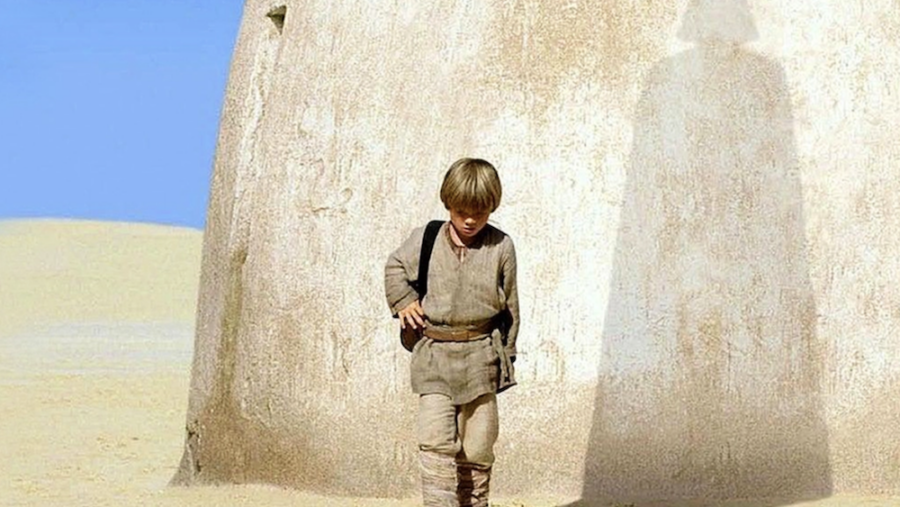
George Lucas has always hated Hollywood ever since Universal Pictures cut three scenes out of his second film, American Graffiti. He even gave up his place in the Directors Guild because he refused to put credits at the beginning of The Empire Strikes back. It might be weird to think of a billionaire as an independent filmmaker, but since the early ’80s, that’s exactly what Lucas has been.
Lucas Put His Neck Out There
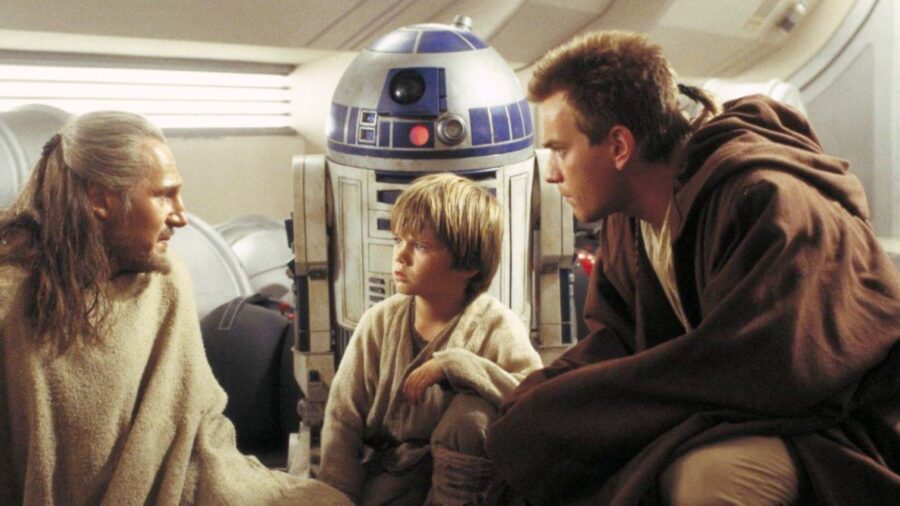
Lucas’s independent spirit led him to take less money for directing the original Star Wars in exchange for sequel rights, merchandising rights, and anything else usually controlled by the studio. What many fans don’t realize is that the freedom Lucas negotiated for himself also meant he was taking on an unprecedented amount of risk. If The Phantom Menace completely bombed at the box office, all the blame would sit squarely on George’s shoulders, no one else.
The Phantom Menace Succeeded, Like It Or Not
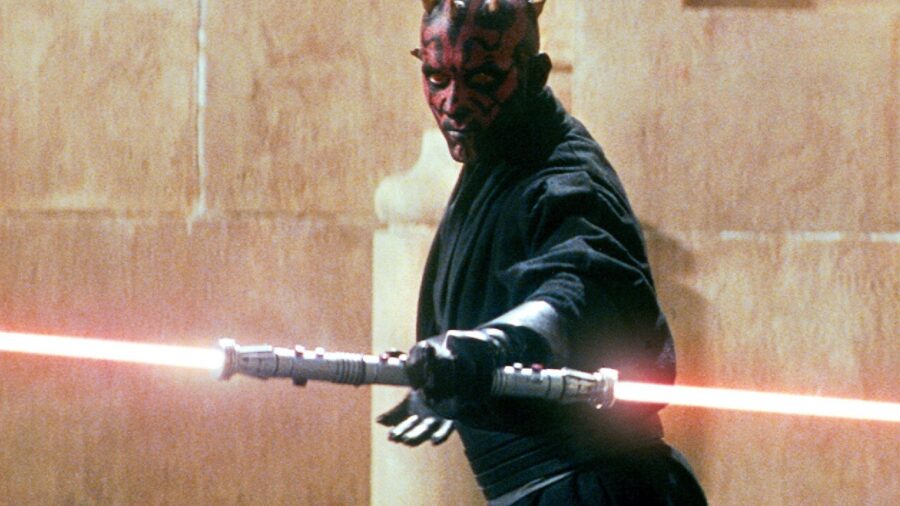
But the movie didn’t bomb; in fact, it broke box office records and was, for a while, the biggest movie of all time. Bitter fans will chalk up The Phantom Menace‘s success to the fact that the world was starved for more Star Wars after a 16-year hiatus. While that could certainly account for the film’s initial success, it doesn’t explain why the movie made another $100 million globally when it was re-released in 2012.
Nor would it explain how the movie took in another $15 million this past weekend as part of a 25th Anniversary re-release. Not bad for an indie move. Perhaps Lucas having the freedom to do whatever he wants didn’t work out so badly after all.
